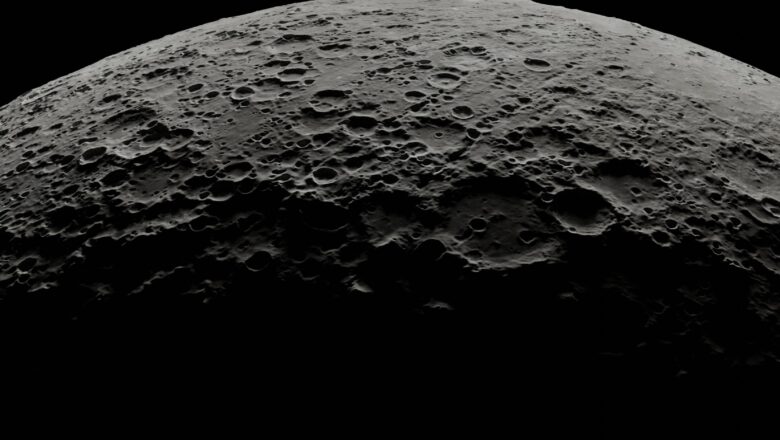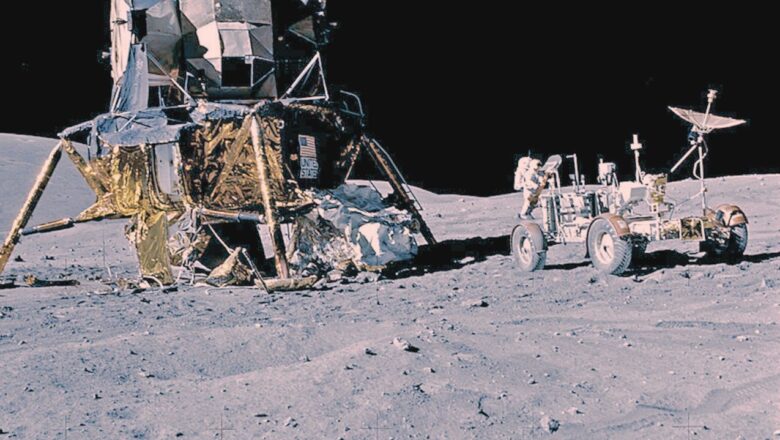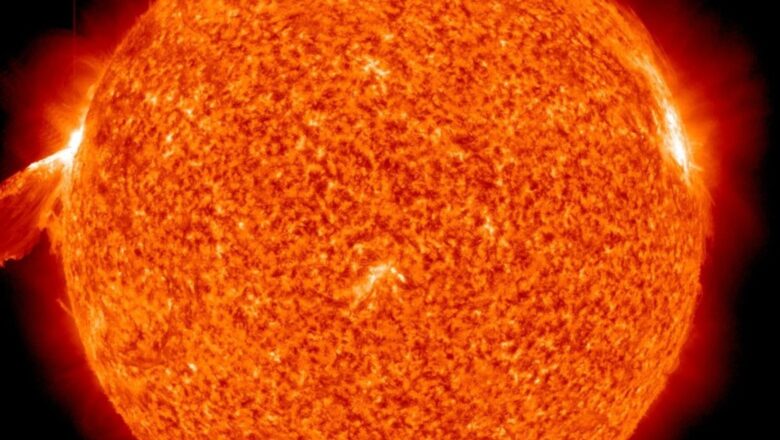
ispace & Firefly Aerospace to Share SpaceX Falcon 9 Launch for Lunar Missions
Japanese lunar exploration company ispace has confirmed that its second mission to the moon, featuring the Resilience lander, will share a ride with Firefly Aerospace’s Blue Ghost 1 mission aboard a SpaceX Falcon 9 rocket. The launch is set for a six-day window in mid-January, as announced during an online presentation by ispace CEO Takeshi Hakamada on December 17.
Details of the Dual Launch
Sequence: Firefly’s Blue Ghost lander will deploy first, followed by an upper-stage burn, then ispace’s Resilience lander.
Routes:
Blue Ghost will orbit Earth for 25 days before performing a translunar injection, reaching the moon in four days and spending 16 days in lunar orbit before attempting a landing.
Resilience will follow a low-energy trajectory, taking it over one million kilome...









